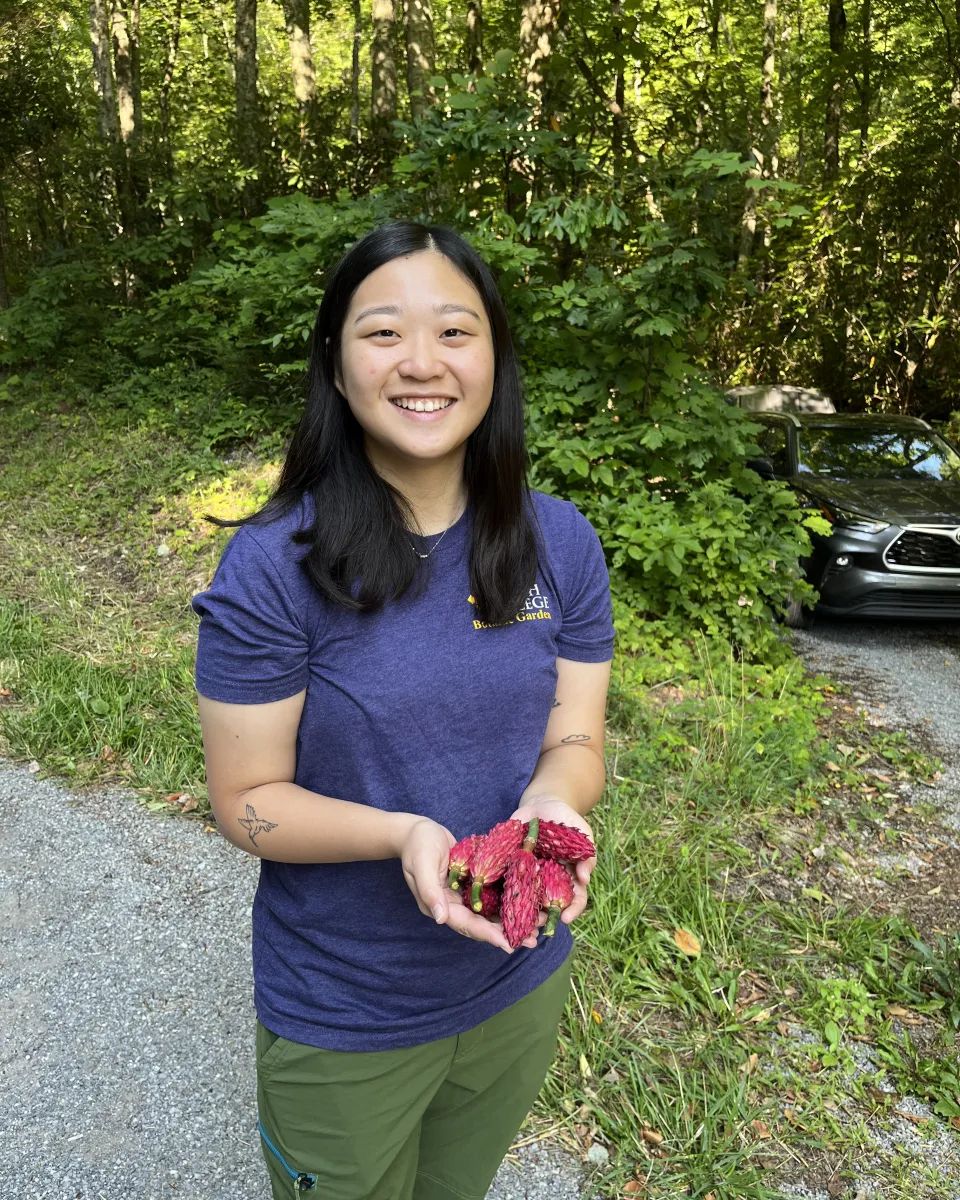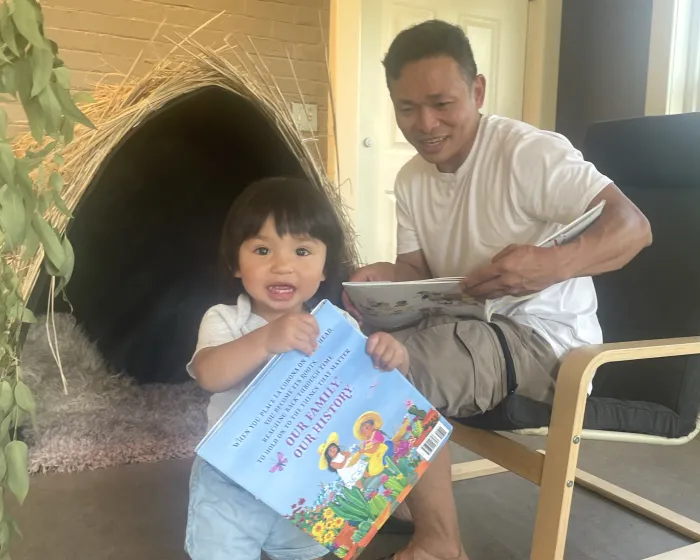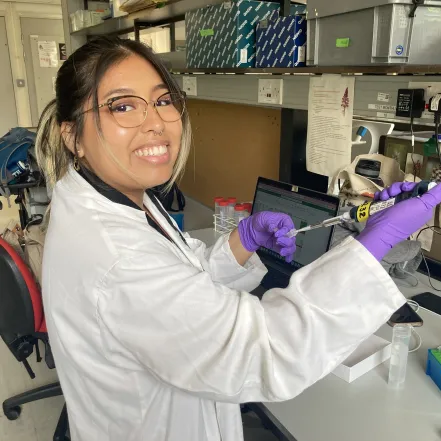Your Impact: 2022-2023 Report
Engaging Exhibits and Returning Audiences

“Artistic Pilgrimages” to the Glass Houses Become a Rare Opportunity for Burgeoning Artists to Showcase Their Work
Exhibitions are a rich and rigorous way for students to demonstrate their learning. It is a way for students to make their learning relevant and tangible by celebrating their knowledge, skills, and experience with a larger audience while learning what it takes to put on an exhibit.
Other Original Exhibits from 2022-2023
Scenes from the 2022-2023 Exhibits
Visitation Returns to Pre-Pandemic Levels
84,647
Lyman visitors, ↑ 108% over the prior year
373
Friends of the Botanic Garden fueled our work
43
public school visits brought 887 students to the botanic garden
"My time at The Royal Botanic Gardens, Kew built on the foundation of plant research I acquired at Smith College and the botanic garden. The experience allowed me to explore the field of plant phylogenetics and learn new molecular techniques. I learned to extract plant DNA from tissue and herbarium samples as well as to test its quality. These experiences will no doubt prove beneficial to my graduate studies in plant science in the near future. On top of this, I got a chance to travel throughout Europe, appreciate new cultures, and create cherished memories with my co-workers at Kew and friends I made while traveling. I'll always hold on to these cherished memories."
Student Leadership Opportunities by the Numbers
31
Number of students who worked as educators, horticulturists, researchers, and science communicators
5
Botanic Garden Student Educators (BoGSES) organized 65 potting up appointments and 32 workshops
Exceptional Living Collections


Conservation intern Daun Lee '24, biological sciences major, holding a mountain magnolia fruit during field work in western Virginia.
Botanic Garden Supported
48
courses taught by
37
instructors in
18
departments with
990
enrolled students

Revenue: $705,767
Endowment (67%)
Memberships & Gifts (20%)
Donations (10%)
Memorial Trees (3%)
Merchandise (2%)

Expenses: $1.57M
Staff (84%)
Internships & Work Study (7%)
Collections Management (3%)
Exhibits, Shows & Education (3%)
Other (2%)











